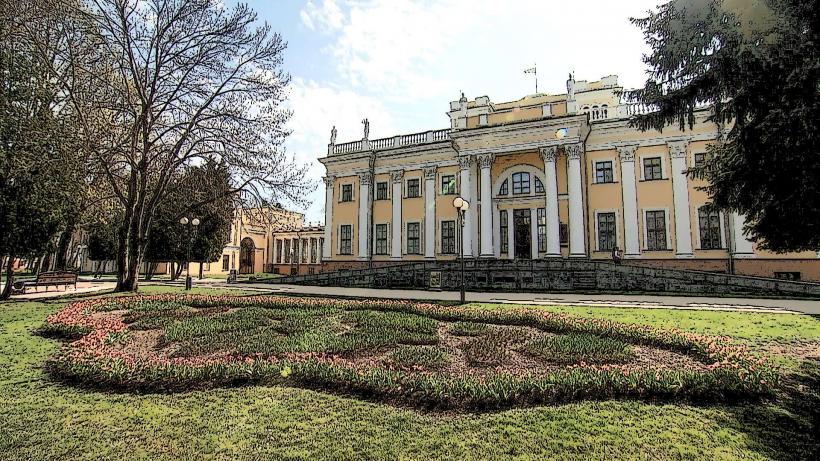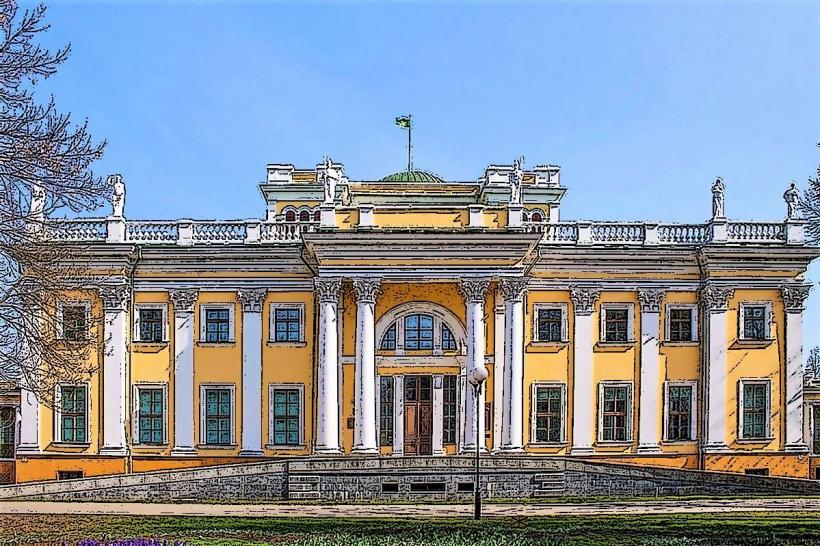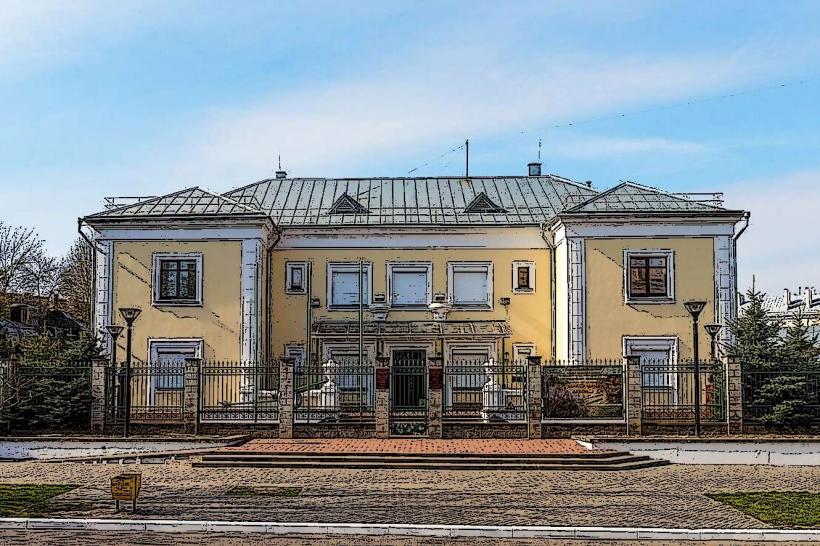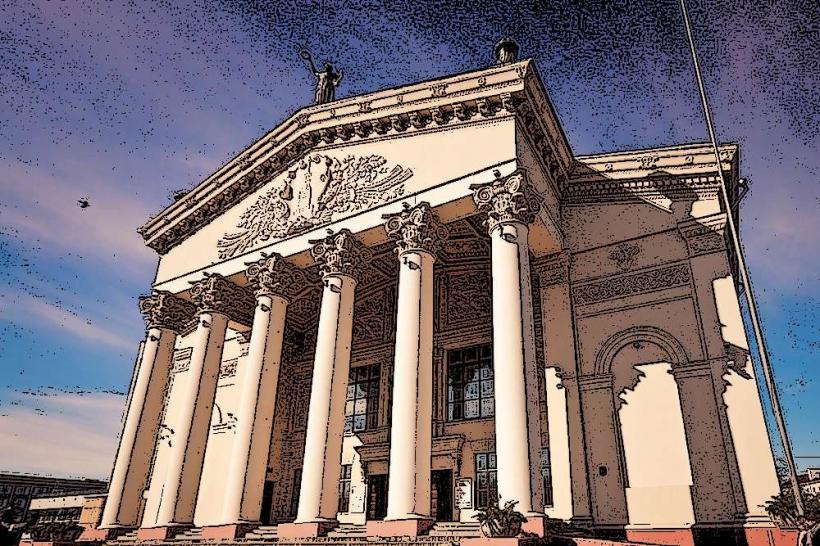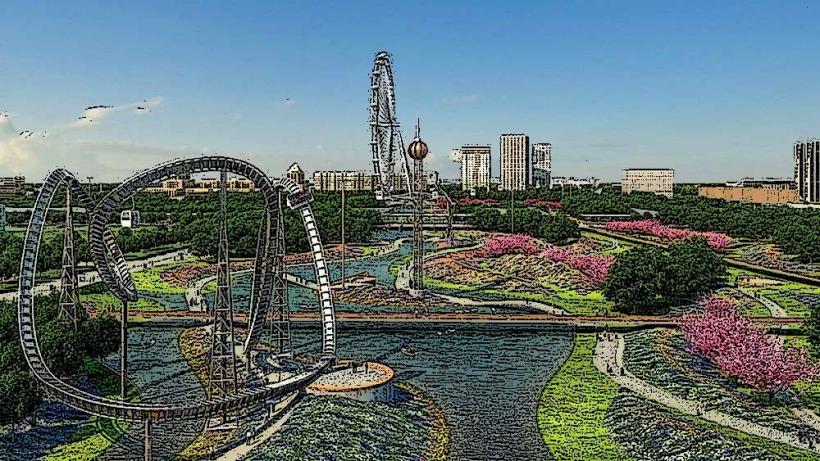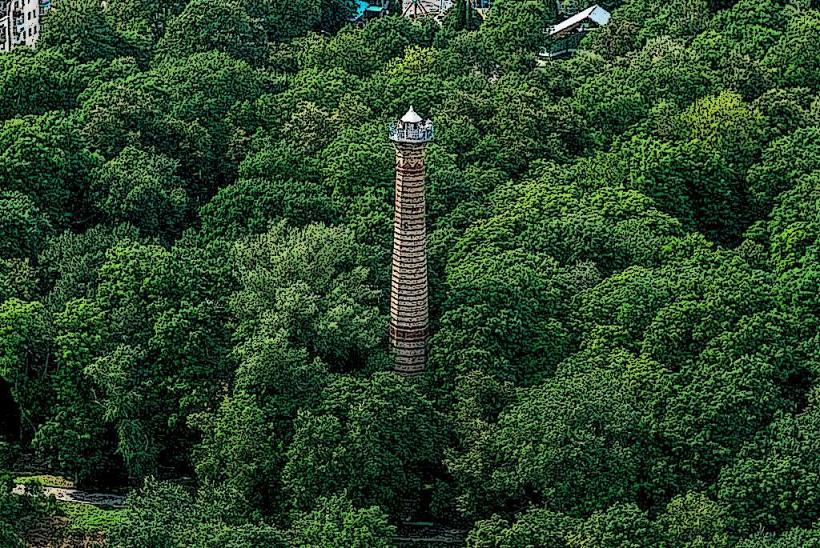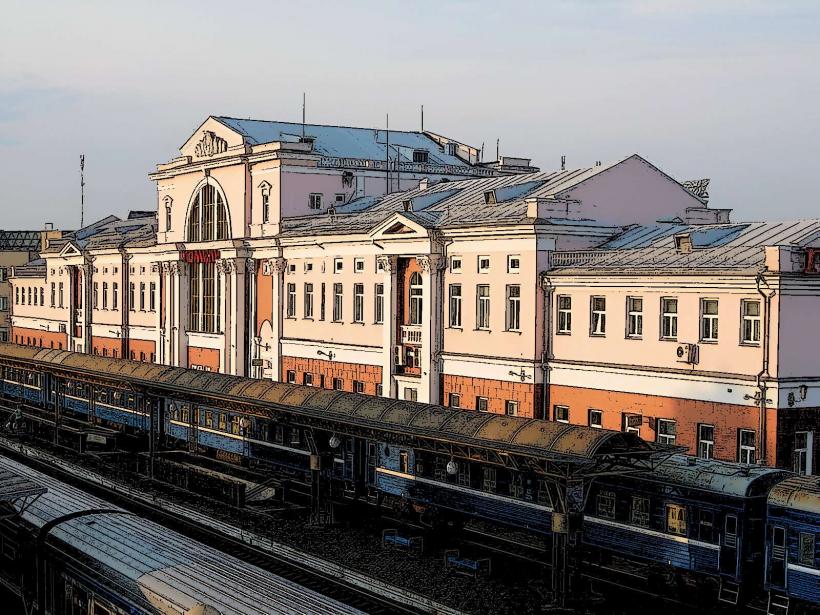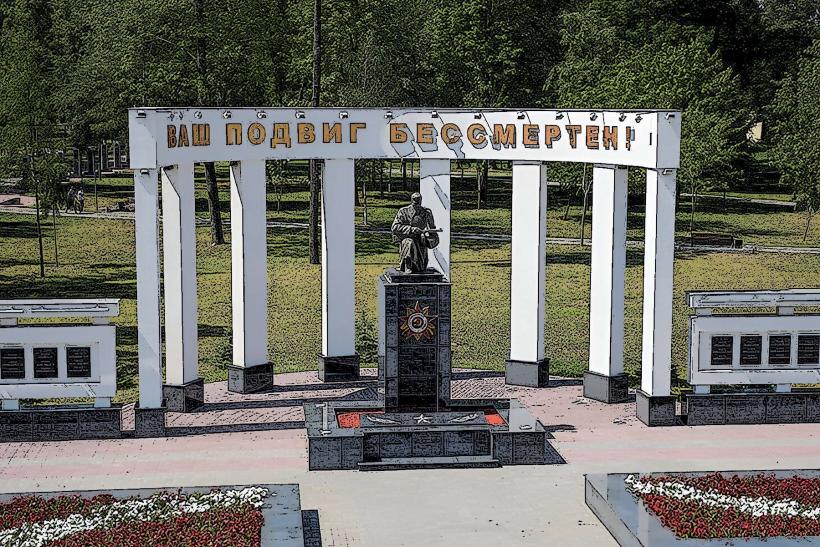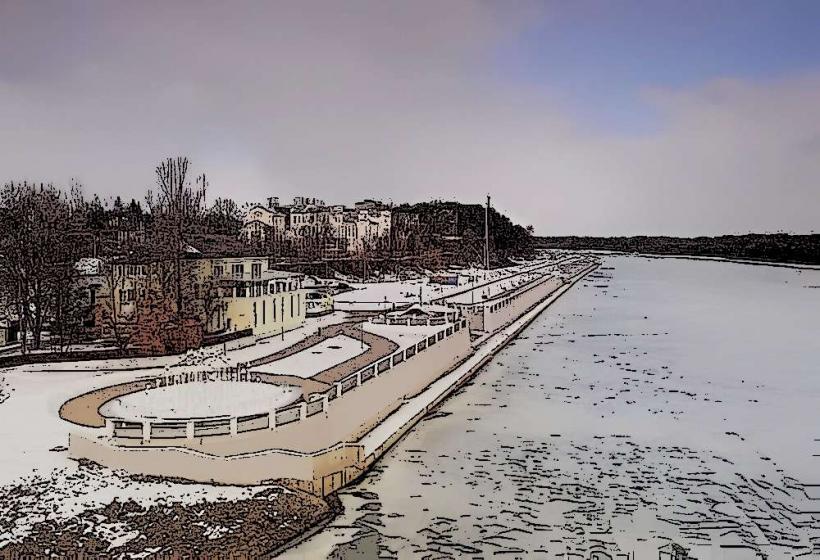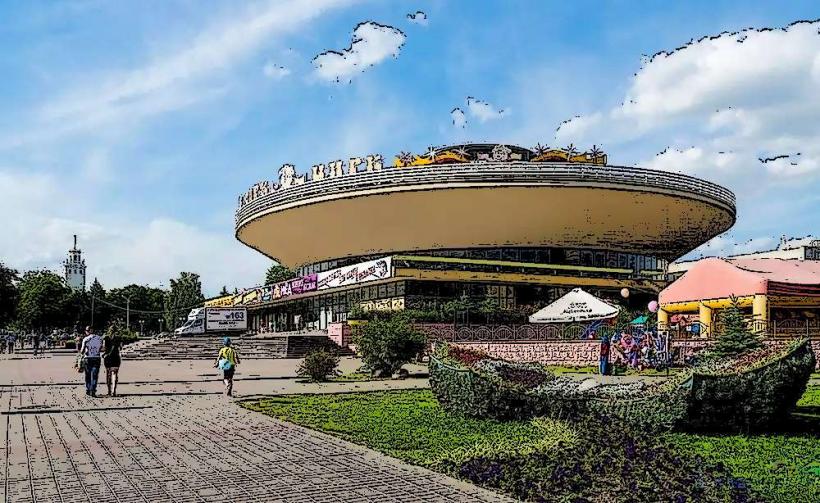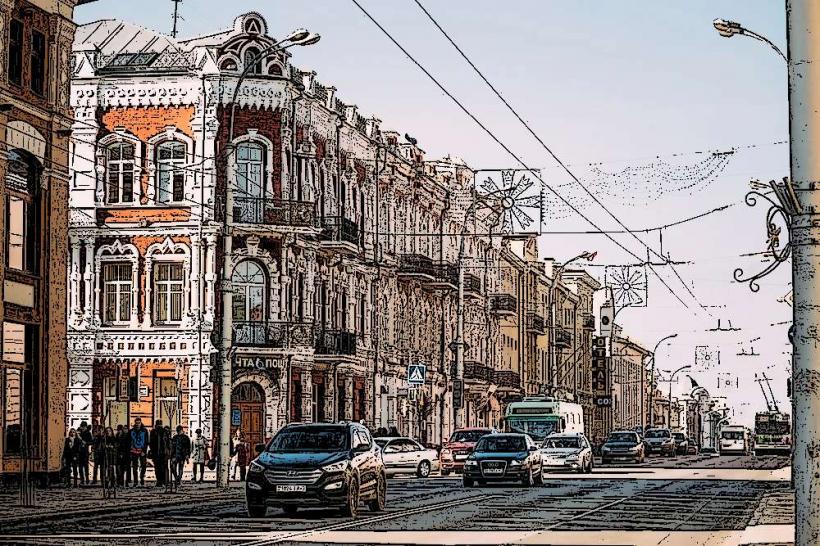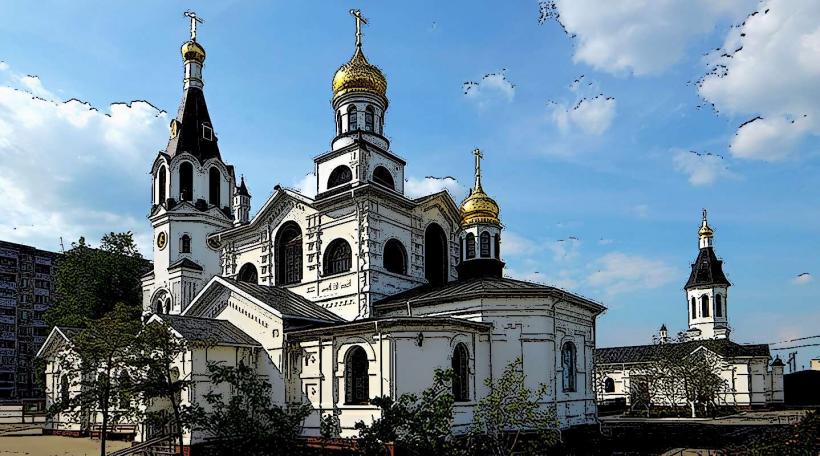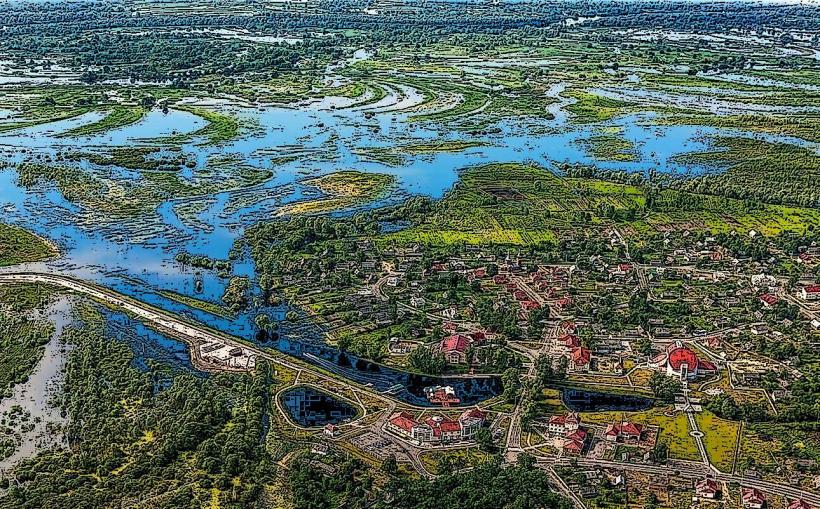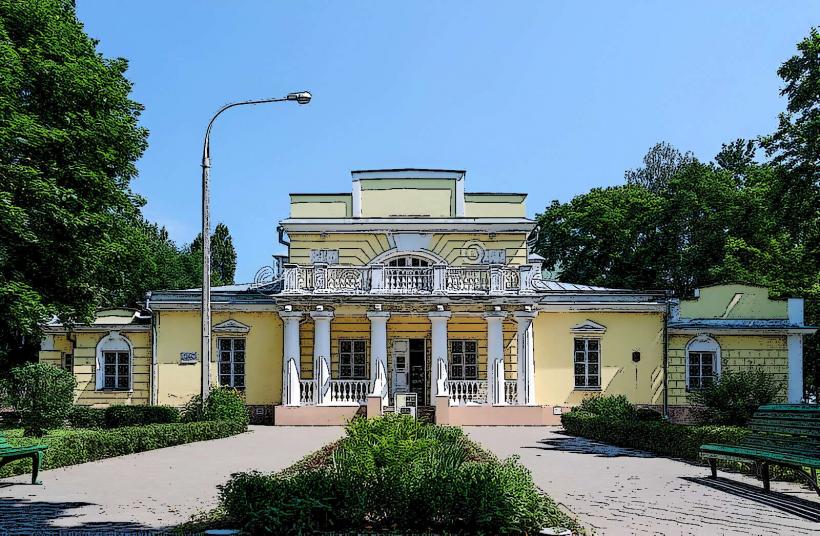Information
City: GomelCountry: Belarus
Continent: Europe
Gomel, Belarus, Europe
Overview
Gomel, in the far southeast of Belarus, is among the country’s oldest and biggest cities, where streets still wind past buildings older than the railway station, furthermore gomel, with its leafy parks, deep roots in history, and busy factories alongside theaters, sits at the heart of life in Belarus.Believe it or not, Gomel, set at 52.4411° N and 30.9754° E in Belarus’s Gomel Region, rests on the green banks of the Sozh River and sits close to the borders of Russia and Ukraine, a position that’s long made it a crossroads for trade and roam; first mentioned in the 12th century, it passed through the Grand Duchy of Lithuania, the Polish-Lithuanian Commonwealth, and, after the late-18th-century partitions of Poland, the Russian Empire, where it grew as an administrative and commercial hub, later becoming a Soviet industrial center deeply affected by the Chernobyl disaster, and, since Belarus’s independence in 1991, remaining a diverse city of about half a million-predominantly Belarusian, with Russian, Ukrainian, and Polish minorities-its economy blending machine building, textiles, chemicals, energy, and fertile farmland, while its cultural heart beats in landmarks like the 18th-century Rumyantsev-Paskevich Palace and park with still ponds, St, on top of that nicholas Cathedral, the Regional Museum of Local Lore, and the Drama Theatre; residents stroll the Sozh embankment, relax in Central Park, or explore the nearby nature reserve, and the city’s schools, university, research centers, and budding IT startups thrive alongside strong rail, road, and public transport links, with a modest local airport mainly serving domestic flights.The closest international airport is in Minsk, alternatively in Gomel, people speak both Belarusian and Russian, though Russian is what you’ll hear most on the street.Locals often enjoy hearty dishes like crispy draniki, chilled pink kholodnik, and tender kletski dumplings, not only that gomel’s food reflects both Ukrainian and Russian flavors, with hearty stews and rich breads on many tables.Though it doesn’t draw as many visitors as Minsk or Brest, the city appeals to those who love Soviet-era architecture, local history, and leafy parks, while festivals like Gomel Spring and the Cultural Days fill the streets with music, art, and traditional Belarusian dance.Hit hard by the Chernobyl disaster, the region has slowly rebounded, though traces of radiation still linger in some places, not only that as Belarus modernizes, Gomel works to shift its industries, embrace current technology, and adapt its agriculture, all while honoring its industrial roots.Today, it remains a key cultural, economic, and historical hub of the country, as a result steeped in history and dotted with leafy parks, it stands as a vital city in the country’s southeast, where sleek contemporary cafés sit beside buildings that still carry the quiet grace of classical Belarus., mildly
Author: Tourist Landmarks
Date: 2025-10-29
Landmarks in gomel

